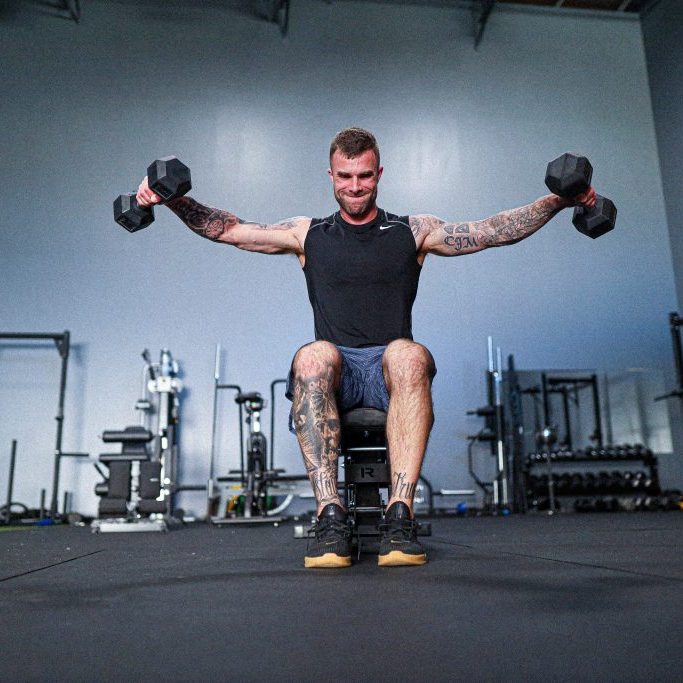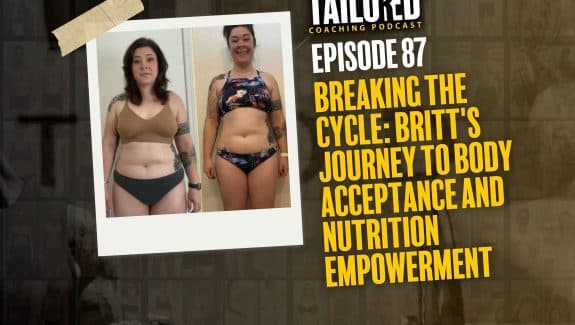What is Training Periodization?
Periodization is the manipulation of training variables over time to reach a desired performance or aesthetic goal. The definition has some flexibility and there are dozens of textbooks on the subject, but the modern era began with Leo Matveyev in Russia circa 1960. His theory has been further adapted by coaches and scientists who make modifications to fit certain types of athletes. Several debates on which type of periodization is best have surfaced in the past few decades. Some people would have you believe that linear periodization sucks for hypertrophy, but that’s not true.
One of the early books devoted to sport training was published by Boris Kotov in 1916. His book introduced three stages of training: general fitness preparation, specialized training, and specific preparation for competition. These ideas were further developed by Pikhala who divided the year into four training cycles: preparatory, spring, summer and active rest. Matveyev wrote a textbook on periodization in 1964 on all the available information on training periodization up to that point. It’s been over 50 years since then, so science has evolved a lot. The caveat with most of the periodization studies is that the main goal is to increase strength or physical performance, not necessarily increase muscle hypertrophy. Even if strength and hypertrophy are very linked there are a lot of factors to consider we must take into account.
How Many Types Of Periodization Are There?
Fast forward two decades from the 1960s and we now have multiple types of periodization. A theoretical model of strength training by Dr. Mike Stone in 1982. He presented training as four phases: hypertrophy, basic strength, strength-power, and active rest. This was known as block periodization. The different phases are based around the General Adaptation Syndrome as it relates to exercise and training. Dr. Stone recognized there were stressors outside of training such as sleep, life, and school or work which is why there was a block of active rest. They also understood the main principles of training: frequency, duration, intensity, variation, and specificity. Scientists thought the potential for overtraining could be reduced by variation in volume and intensity and in the amount of technique or other specialized work performed, which is part of the reason they used periodization. (They were right.)
A few years later (1988), Poliquin developed a nonlinear form of periodization, termed undulating periodization, which has been further developed as daily undulating periodization (DUP) and weekly undulating periodization (WUP). One of the benefits of undulating periodization for strength is that it incorporates more frequent variations in load.
In the 2000s another form, deemed linear periodization, was introduced, which starts with high training volumes and low intensities and gradually progresses toward low training volumes and high intensities over the course of several months.
In addition, the reverse-linear periodization model has been proposed in physique athletes, which is nearly identical to the linear model except that it is run backward (high intensity, low volume -> low intensity, high volume).
So… Do You Need To Periodize For Hypertrophy?
Now that we’ve covered a brief history of training periodization, let’s get to the answer. Currently the literature suggests that periodization is better than no periodization for strength. However, that doesn’t seem to be true for hypertrophy. Let me explain. A systematic review from 2017 analyzed 12 studies with a total of 337 participants using either a periodized program or a non-periodized program. Of the studies, DUP was used in eight studies, linear periodization was used in four studies, versions of DUP/WUP were used in two studies, and block periodization was only used in one study. The average study was ~15 weeks long with a training frequency of 3 days per week. Ultimately, the authors suggested that “both periodized and non-periodized approaches to resistance training can be used to achieve muscular hypertrophy and that similar hypertrophic effects may be achieved using either approach.”
There are a ton of caveats with this review that are at no fault of the authors. Namely, the lack of studies with different periodization styles and the inconsistency between study methods. Not many of these studies were designed to specifically look at muscle hypertrophy. There are also only two studies comparing periodization methods in trained participants. So, we have to be cautious when interpreting the data.
The same authors (Grgic et al.,) completed another meta-analysis on linear periodization vs daily undulating periodization. They meta-analyzed 13 studies, finding that the two periodization models produced very similar results when volume is equated, reinforcing the idea that it probably doesn’t matter which periodization scheme you choose for hypertrophy.
Another mini-review from 2019 suggested a benefit of periodized training programs for maximizing muscular strength in trained and untrained populations. When comparing periodization methods for muscle hypertrophy, LP and UP appear to promote similar adaptations in untrained subjects; however, these findings are largely based on studies designed to maximize strength rather than hypertrophy. The author points out that longer trials that incorporate taper periods and unloading phases are required to better assess the efficacy of periodized training. It is unclear whether periodized training is able to enhance skeletal muscle hypertrophy beyond that of non-periodized programs.
For a training program to be effective it must continually stress the physiological systems you’re aiming to improve. That’s why the people who do the same thing in the gym for years never really change. You’ve seen them. It’s great if your goal is to maintain your physique, but if you’re trying to squeeze out every drop of gains it isn’t the best method. We need to add stress through more volume, more intensity, or more frequency.
We also need to know when to tap the brakes. We can’t press forever. That’s where periodization comes in. We need to manipulate training variables so we don’t have overuse injuries and can continue training. We can do that through changing exercises or taking deloads (or complete breaks) to help us recover.
Conclusion:
In summary, the method of periodization (e.g., linear, undulating, block) doesn’t seem to matter for hypertrophy based on the current data. As much as we’d like for it to matter and to be able to provide you with a scientific methodology of periodization for hypertrophy… the truth is, it just isn’t supported by research yet and many successful bodybuilders are living proof of this. What matters most is volume, effort, and proper exercise selection – put together properly within a program that encourages continuous progressive overload.






















































































































































































































































































































































































































































































